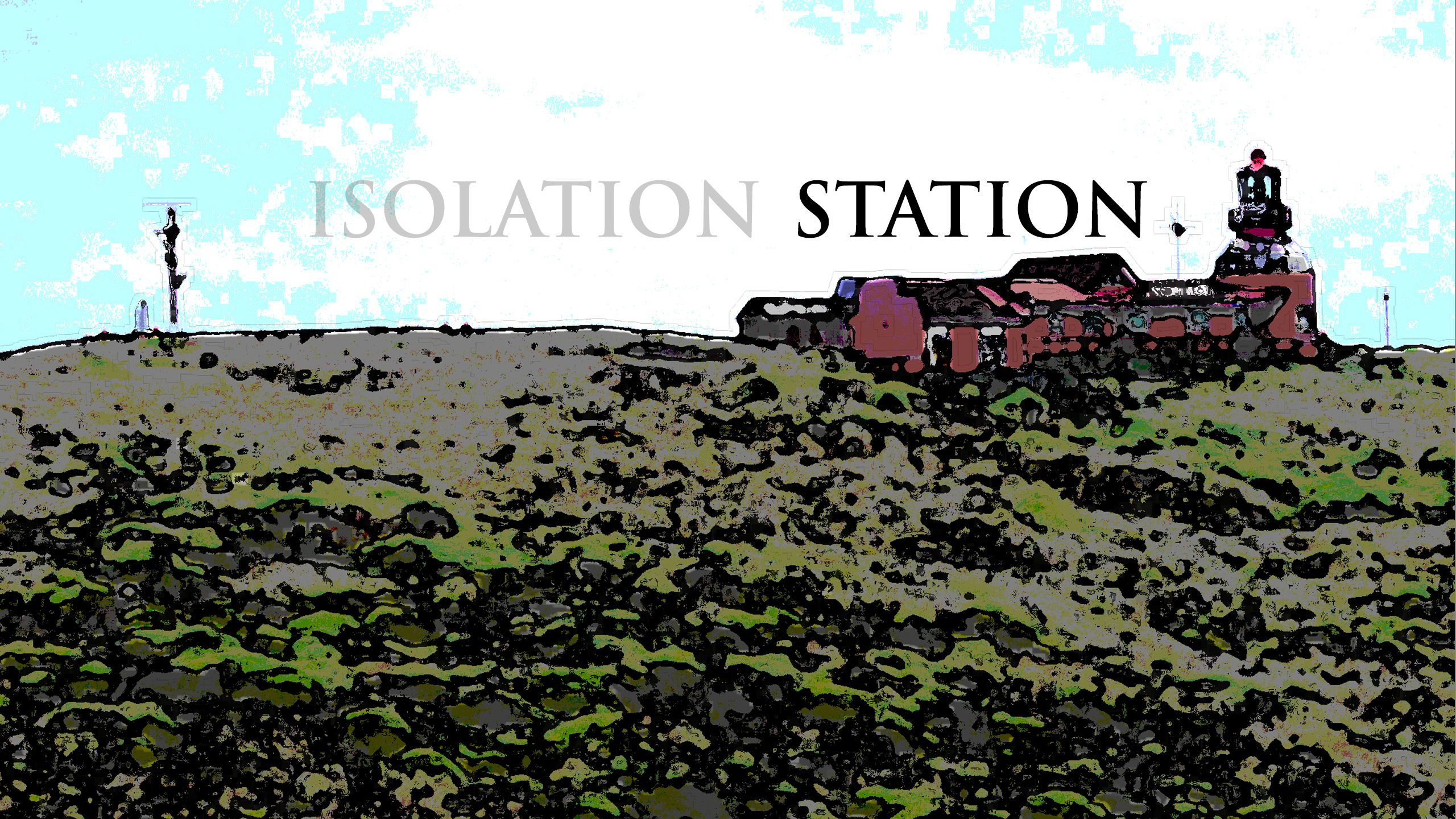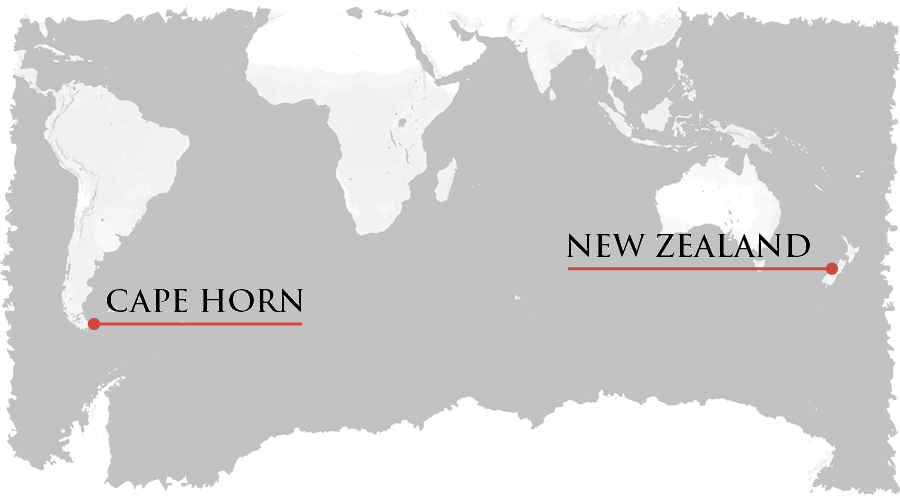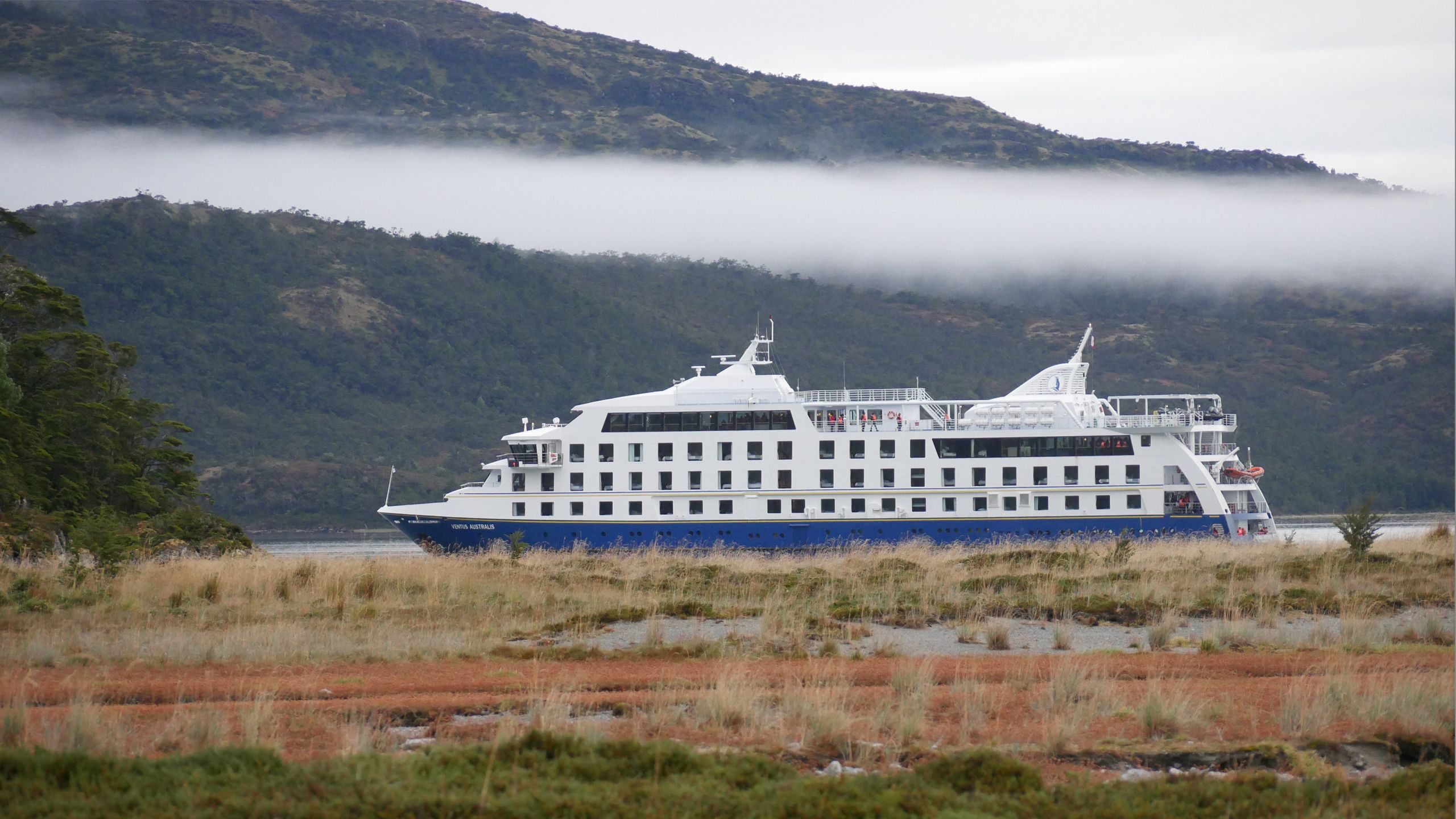
Thomas Bywater goes to the end of the Earth to meet the family who know what self-isolation truly means.
Words & Pictures: Thomas Bywater
Editor: Stephanie Holmes
Design: Paul Slater
The last piece of land before Antarctica, Cape Horn could be the loneliest place on Earth.
Overlooking the clipper route that connected New Zealand to Europe, it also holds the record for most ships lost at sea. Ten thousand sailors have drowned in these waters, far away from any thought of rescue.
More southerly than Stewart Island by 1110km, its location at the bottom of South America has earned it the name "Fin del Mundo" or "End of the World" by Chilean sailors.

However, for Captain Ariel Barrientos and his young family, the cape is home.
As the resident lighthouse family, they live together in a collection of buildings on Isla Hornos, which might be the last constructions until Scott Base at 77.8477° S.

From the squat, red-roofed building a glass beacon sticks out bravely into the wind. There is also a tiny family chapel in which the family can spend their Sundays. But as for shelter on the island, that's about it.
As well as having to operate the lighthouse and weather station in icy Antarctic winds, the role of "lighthouse keeper at the end of the world" comes with some very specific job requirements.
Firstly, the lighthouse keeper is recruited exclusively from the Chilean navy. It is, after all, a very strategic position. Captain Barrientos is the first line of defense reporting on shipping round the cape.

The Stella Maris Family Chapel.
The Stella Maris Family Chapel.
Secondly, the position is only offered to married men, with families. In such an isolated location it was decided that the keeper should have some company beyond the occasional albatross.
Lastly, it is a voluntary posting. However, no applicant is allowed to choose their lighthouse. It is up to the navy to pick their Chilean Lighthouse family.
"We had talked about it," the captain said about his application to be a lighthouse keeper. "but it was a surprise to be stationed at this lighthouse at Cape Horn".
There are 11 such lighthouses manned by the navy, although the house at Cape Horn is by far the most prestigious. The lighthouse is rotated between tenants every 12 months.

Lighthouse keeper Captain Ariel Barrientos, left, with his wife, park ranger Natalie.
Lighthouse keeper Captain Ariel Barrientos, left, with his wife, park ranger Natalie.
Barrientos arrived at the house in December with his wife Natalie, their three children aged 6, 4, 2, and their dog - a vocal, black dachshund.
In three short months they have made themselves at home. As well as homeschooling their children, Natalie has taken on work as a ranger for CONAF, the national conservation body on the island
Watch the video: Cruise at the End of the World
Watch the video: Cruise at the End of the World
During summer months they receive regular visitors to the island, thanks to visiting cruise ships - sometimes "up to 500 visitors a week".

The lighthouse has become something of a tourist attraction. A visitors' book was donated in 1982. There's even a small part of the house for visiting dignitaries and members of the navy to stay over on the island.
Their food is restocked once every 60 days, weather permitting. The wind has been so extreme that deliveries are often delayed by as much as a week.
These rations cover the family's needs but are also enough to entertain. "It's a lot more generous than you'd get in other lighthouses," says Barrientos. "We're lucky to get fresh produce and vegetables."
They've tried making a greenhouse. The soil is excellent on the tiny weather-beaten island, but like most other structures, it didn't last long in the conditions.
The radio mast and weather station is known to blow over, leaving them with communication blackouts that last for days. It's a wild and dangerous place, even today.
Since its discovery in 1616 the island in the Drake Passage has accounted for more than 800 shipwrecks.

The Cape Horn Monument.
The Cape Horn Monument.
And if deadly winds and killer currents weren’t enough to contend with, the island is covered in unexploded ordnance. During the 1978 Beagle Conflict, the Chileans covered it with land mines..
In 2006, a seven-year project was started to remove these traps. However there are plenty of mines "unaccounted for" on the islands surrounding it.
This warning is enough to keep visitors from straying from the duck board paths around the island. At the end of one of these paths is the memorial to Cape Horn, a giant wandering albatross.
The sculpture made by Jose Balcells Eyquem, when it hasn't blown over, stands 50 metres above the Antarctic sea. If you are brave enough to reach the pedestal at the end of the earth you will find a poem by Sara Vial dedicated to those sailors who never left the waters around Cape Horn.
At the end of the world.
I am the forgotten souls of dead mariners
Who passed Cape Horn
From all the oceans of the world.
But they did not die
In the furious waves.
Today they sail on my wings
Toward eternity,
In the last crack
Of the Antarctic winds.

DETAILS
Luxury expedition cruise line Australis has itineraries visiting Patagonia and Cape Horn. The season is due to resume in October, subject to travel restrictions. Talk to your travel agent or visit australis.com and safetravel.govt.nz
